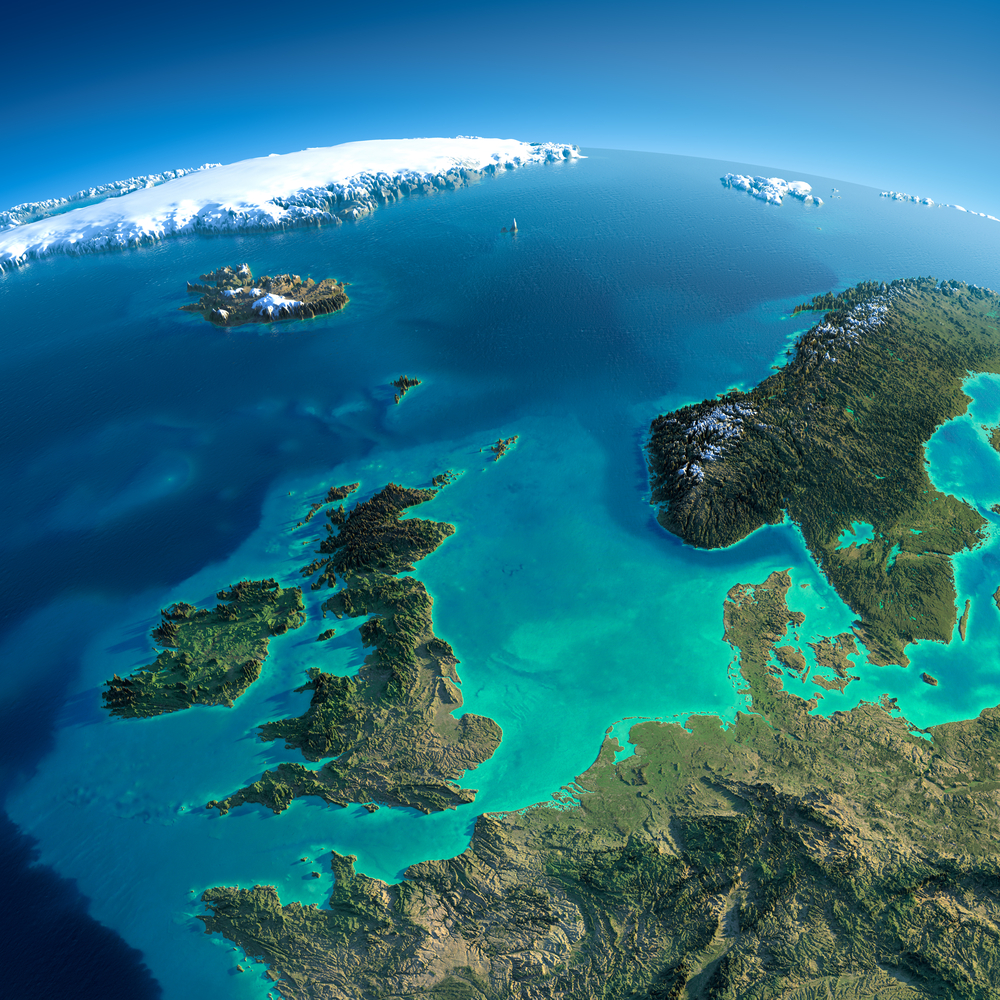How Mapping the Seafloor Benefits Science and Safety
In recent years, the Great Lakes have been subject to some wild rumors, including the claim that a mysterious force, the supposed Great Lakes Triangle, was responsible for ships vanishing. Scientists countered that most shipwrecks actually occurred outside of the fictional triangle and were accounted for in a database.Such spooktacular stories may soon be put to rest. In 2019, the U.S. began a seafloor mapping initiative that included the Great Lakes. The project should be able to take note of sunken vessels or other objects resting on the lakebed.The seafloor mapping initiative involves all U.S. coastlines, including those as far as Alaska or remote Pacific islands. Scientists working with the project say it will help make navigation safer and has the potential to protect marine habitats and heritage sites.The Seafloor Mapping InitiativeA Presidential Executive Order in 2018 created the Ocean Policy Council. A year later, the White House directed the Council to begin a mapping and exploration initiative for the Great Lakes and all U.S. coastlines. The waters span 3,590,600 square nautical miles and include the Great Lakes, the Gulf of Mexico, East and West coastlines, the Alaskan coastline, remote Pacific islands, and Caribbean territories.Since the project began, scientists have mapped more than 52 percent of U.S. waters.Seafloor mapping is important for safe navigation, says Shannon Hoy, an expedition coordinator team lead with NOAA Ocean Exploration. It can also help scientists manage coral reefs, and in the future, it can guide marine infrastructures such as wind farms.From my perspective, its understanding our planet, Hoy says. We want to explore and know, and how can we know if we dont know what is there? The goal is to further spur scientific interpretation and research.The seafloor mapping initiative is also benefitting from a global cooperative of scientists who Hoy says are sharing their countrys data and enabling a larger understanding of what lies beneath the worlds waterlines.Look Out BelowAlthough the technology to map the seafloor is new, the desire to know what lurks below dates back to the Ancients.Seafloor mapping has been going on for thousands of years, Hoy says.In the past, seafarers stuck poles into the water to see how far they went down, or they lowered ropes with designated knots that measured the distance. In the twentieth century, sonar technology increased, particularly during World War II when sound was used for navigating underwater, Hoy says.Single-beam technology followed, but the data was low-resolution and sometimes incomplete, says Jennifer Boehme, the CEO of the Great Lakes Observing System, a nonprofit that supports scientific research.Today, we utilize advanced multibeam sonar, laser-based imaging, and uncrewed vessels to collect high-quality data, says Boehme.Why Map the Seafloor?Currently, those multibeam sonars have completed 15 percent of the Great Lakes bed mapping. Boehme says that more funding is needed in order to advance the project, and legislation has been proposed in Congress but is in the process of working its way through the system.If the project is able to continue as planned, Boehme says there are significant scientific and environmental benefits.Seafloor mapping is critical for understanding and protecting the Great Lakes, which hold 21 percent of the worlds fresh surface water and support over 3,500 plant and animal species, Boehme says.Seafloor mapping can also help with the turbulent weather that rolls over the Great Lakes. The Great Lakes are actually in-land seas that can produce hurricane-force winds. Understanding the lakebed could help scientists predict waves during powerful storms and how they might impact the shoreline or influence floodingWithout knowing the lake floors shape and features, we cannot fully understand or sustainably manage the Great Lakes as a system. We see this project as critical for preserving the ecological and economic health of the Great Lakes, Boehme says.Article SourcesOur writers at Discovermagazine.com use peer-reviewed studies and high-quality sources for our articles, and our editors review for scientific accuracy and editorial standards. Review the sources used below for this article:NOAA. About the NOMEC StrategyEmilie Lucchesi has written for some of the country's largest newspapers, including The New York Times, Chicago Tribune and Los Angeles Times. She holds a bachelor's degree in journalism from the University of Missouri and an MA from DePaul University. She also holds a Ph.D. in communication from the University of Illinois-Chicago with an emphasis on media framing, message construction and stigma communication. Emilie has authored three nonfiction books. Her third, A Light in the Dark: Surviving More Than Ted Bundy, releases October 3, 2023, from Chicago Review Press and is co-authored with survivor Kathy Kleiner Rubin.


